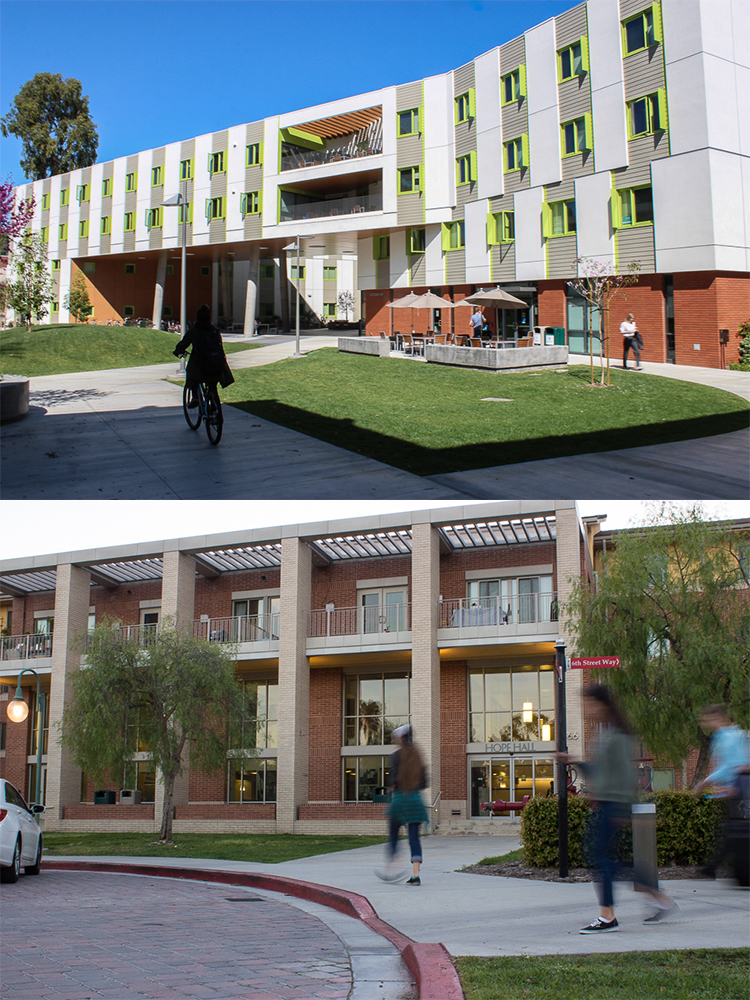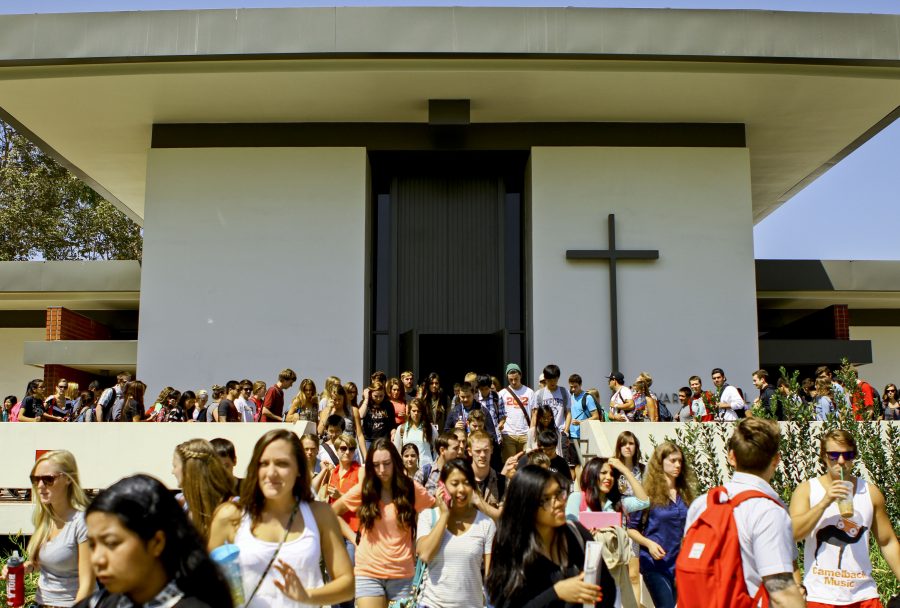Many incoming students are clueless when moving into on-campus housing. Though this move is initially intimidating, newcomers soon recognize the unique personalities and distinctions between upper and lower campus housing.
Dorm Culture
Students agreed lower campus seemed more relaxed than upper campus, describing it as more “laid-back” or “chill” in comparison to an active or energetic upper campus. Despite this, there exist many exceptions to the rule, especially considering a dorm’s culture can vary based on its different floors.
However, the physical configuration of upper and lower campus seem to contribute most to the differences in social activity.
“I feel like on upper campus, we have a general sense of others, this general vibe of always saying hi to people,” said Blake Plympton, junior Christian Ministries major and an RA in Sigma Hall. “Especially walking next to Alpha, on that long stretch… I think there’s a difference there because there’s room on that street, whereas on lower campus there’s just a sidewalk.”
Different Types of Social Activity
Upper campus seems to encourage mingling between all the dorms because of the configuration of the buildings, whereas lower campus has stronger community within their single dorms. While neither upper nor lower campus are more social than the other, they encourage different types of social activity.
The size of the dorm affects the way socialization occurs as well. Horton and Hope, as the larger dorms, tend to rely more heavily on floor community. Smaller dorms like Stewart or Sigma tend to form a stronger identity within their dorm as a whole.
Stereotypes
There are many stereotypes associated with the dorms’ personalities as well. For example, Alpha is often described as “boy-crazy,” while Hope is labeled an “athlete dorm.”
“A lot of people think that Hart is like a cult because everyone who lives here stays here,” said Celeste Scott, sophomore CMA major and an RA of Hart Hall. “There are people in this dorm who have lived here for their entire time at Biola.”
While these stereotypes clearly do not apply to all students, they do seem to originate from the unique personality each dorm creates. For example, Scott described the family-like bond Hart shares as a dorm, which encourages many students to stay there.
Personality & Atmosphere
But how does a dorm personality continue to persist if residents move in and out every year?
“The people who move into the dorm tend to shape the atmosphere of the dorm at the time, but the traditions of the dorm influence the people, as well,” said Tebraie Johns, junior communications major and a Blackstone Hall RA.
While incoming residents always differ, the existing dorm culture usually affects them when it comes to participating in dorm life. Repeat residents, the ones who lived and experienced the culture there previously, often seek to continue the traditions of the past. This allows a certain dorm or floor culture to continue and create a standard.
Creating a New Identity
As a new dorm, Blackstone seems to be the exception, as it is currently creating a new dorm identity.
“We’re just trying to figure out, as a community, what we are trying to become,” Johns said. “Right now we’re creating a personality that’s inclusive with each other. We’re all about harmony and being united.”
However, no matter which dorm you live in, your dorm experience is still up to you. Although there may be an established culture, community or personality where you live, it is by no means definitive.







